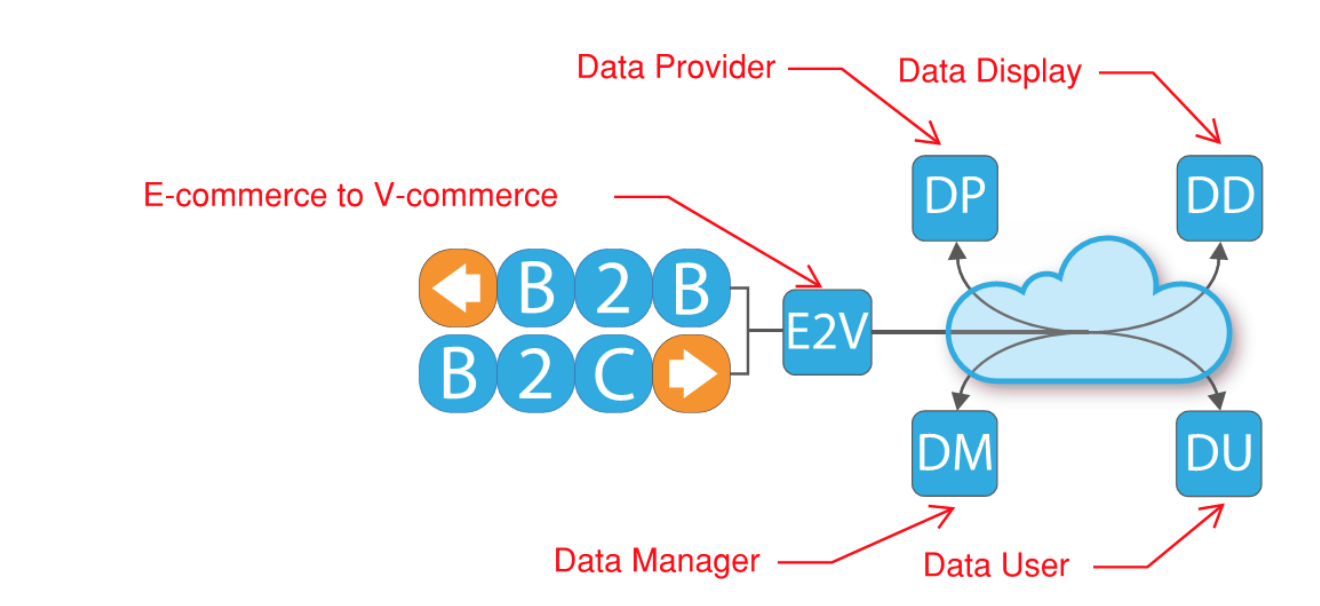V-Commerce - What is it?
Very often, the conversation surrounding digitized visual communication solutions and their value/benefit to those who purchase and/or use them is hardware focused. Hardware is an aspect of screens that must be addressed, no doubt. From pixel pitch, scan rate, diode type and color bit, to the type of components, quality and thickness of PCB, design of the mechatronic assembly as a whole; these considerations must be addressed. In reality however, it is only engineers and those with the technical understanding who can really converse on these aspects. For large projects, apart from the educational process and demonstration of quality, the end user is not extensively involved in this process. Due diligence to ensure quality and suitability on a hardware basis should certainly be part of the decision process; but what happens once the product has been selected and ticks all the hardware criteria?
Software is almost always given less consideration and less attention, despite the fact that it defines the screens actual capabilities. Software makes or breaks the user experience and is key to the delivery of real value and tangible benefit. Software, unlike hardware – is invisible, it harnesses an element of mystery, wonder and most certainly misunderstanding – perhaps key to why there is a tendency for overlooking and discussing software-based capabilities.
One World LED specializes in the hardware design and manufacture of LED screens, which is accompanied by our focus on the ongoing software development of content management solution. What is content management?
Content management is the system and process by which data (in this case, graphic content) is distributed, scheduled then displayed on digital media. How large a network of screens can be easily managed before it becomes a logistical nightmare? How and when does content play? Where is this content sourced? Can the content adapt do different conditions, like weather? Can a screen act as a salesperson on behalf of its owner – driving sales, then switch to another product when inventory is depleted? Can the screen just advertise without any ongoing human intervention/management, autonomously?
V-commerce, as suggested by the name – is an extension of the previous 2 party model; E- commerce. E-commerce is a digital based commercial transaction, involving two parties. By that definition, immediate limitations are introduced. In the industry of digital advertising, more than two parties are involved in almost any scenario, please refer to Figure 1: V- commerce, a four-party model for content management software platforms.
Figure 1: V-commerce, a four-party model for content management software platforms
As depicted above, the four parties involved in the sourcing, management, display, and consumption of data are (respectively);
Data provider
Data manager
Data display
Data user Adverpost
One World LED’s content management platform – is malleable, flexible, and adaptable depending on the user-based application for which it is being used, but the fundamental design of the distribution system is what allows this flexibility and drives the core capabilities. V-commerce is the underlying framework upon which Adverpost operates.
As with all One World LED hardware and software-based solutions, Adverpost is governed by extensive intellectual property which we’ve invested in. This intellectual property is recognized and enforced globally – a further testament to the legitimacy and capability of the platform.
In addition to V-Commerce, other screen capabilities include but are not limited to:
ARV – Ambient Responsive V-Commerce o Screen capability to respond to ambient conditions (weather, location, time of day, geographic region etc)
IPAM o Internet periodic advertising matrix. A GUI capability, allowing simple deployment of campaigns to large networks of screens
Deal-codes o Screen capability to sell products directly, via user smartphones
E2V o E-commerce to V-commerce, a bridge or ‘plug-in’ that facilitates user transition from a simple input of data (products for example), to real-time advertising and selling of these products through a screen that can source, schedule, display and sell autonomously.
VCB o Virtual commerce bazaar
FMAS o Flash module array system
NAPA o Node arrange power array
Soft-panel


